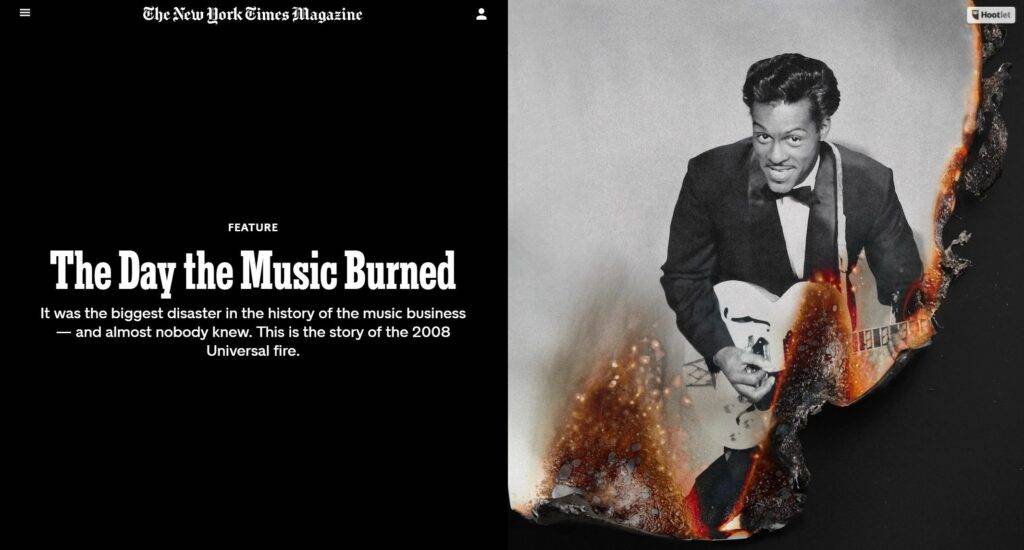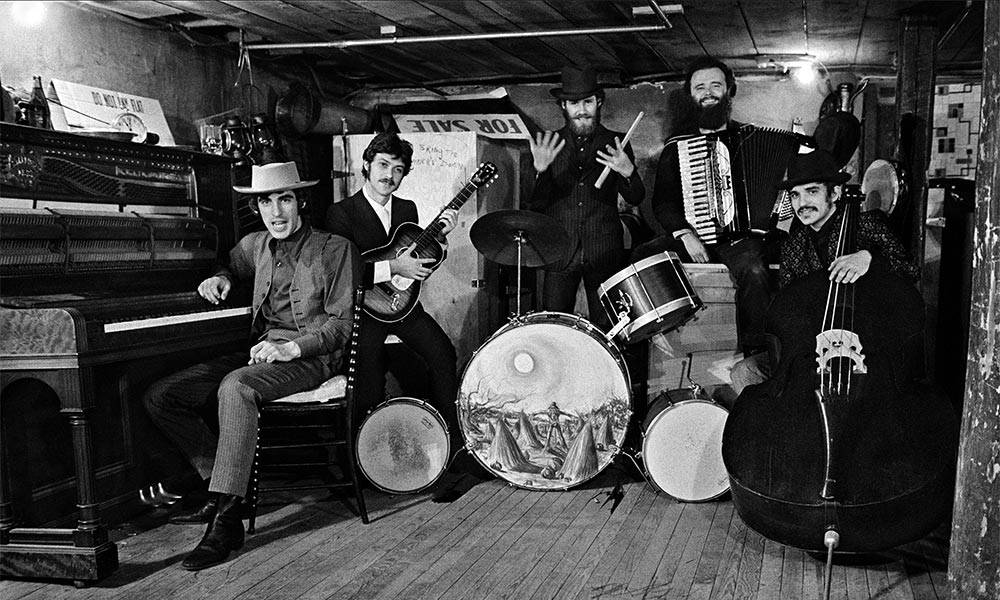
The Eruption That Echoed Through Music: How Mount Tambora Shaped the Birth of Goth Culture
Explore the fascinating link between a catastrophic volcanic eruption and the emergence of one of music’s most enigmatic subcultures. Delve into the historical context, artistic evolution, and global impact of gothic rock, tracing its roots back to the eerie aftermath of Mount Tambora’s explosive eruption in 1815.
In the realm of alternative history and pivotal moments that shaped human civilization, Mount Tambora’s eruption stands as a profound hinge point. While familiar scenarios like the outcome of wars or political assassinations often dominate discussions of historical turning points, the cataclysmic events of April 1815 offer a lesser-known yet equally compelling narrative. This article explores how this natural disaster inadvertently catalyzed the birth of gothic music and culture, influencing artistic expressions for centuries to come.
Mount Tambora, nestled within Indonesia’s Ring of Fire, erupted with unprecedented force on April 10, 1815, unleashing a series of explosions that reverberated around the globe. The volcanic debris ejected into the atmosphere triggered a climatic anomaly known as “The Year Without a Summer,” plunging temperatures and disrupting ecosystems worldwide. Against this backdrop of environmental turmoil, a group of literary luminaries sought refuge from the unrelenting cold and darkness at Villa Diodati on the shores of Lake Geneva.
It was here, amidst the eerie atmosphere of perpetual twilight, that Mary Shelley conceived the idea for her seminal work, “Frankenstein, or The Modern Prometheus.” The novel, born from the collective imagination sparked by Mount Tambora’s aftermath, laid the groundwork for the gothic genre, intertwining themes of horror, romance, and the supernatural. Shelley’s tale of scientific hubris and existential dread set the stage for a wave of literary and artistic explorations into the darker recesses of the human psyche.
As the 19th century progressed, gothic literature flourished, with iconic works like “Dracula” and “Wuthering Heights” expanding upon Shelley’s themes of Gothic horror and romanticism. These literary influences would later find resonance in the emerging medium of cinema, as evidenced by the iconic film adaptations of “Frankenstein” and “Dracula” in the early 20th century.
The cinematic portrayal of gothic motifs and archetypes laid the groundwork for the transition of gothic aesthetics into the realm of music. By the mid-20th century, the fusion of atmospheric soundscapes and macabre imagery gave rise to a new wave of musical expression that would come to be known as gothic rock.
The seeds of gothic rock were sown amidst the tumultuous cultural landscape of the 1960s and 1970s, as artists like The Doors, Velvet Underground, and Alice Cooper embraced themes of darkness and introspection in their music. The theatricality and emotional intensity of these performances laid the groundwork for the emergence of gothic rock as a distinct musical genre.
In January 1979, Bauhaus released their debut single, “Bela Lugosi’s Dead,” a haunting ode to the iconic actor synonymous with cinematic portrayals of vampirism. This seminal track, with its brooding atmosphere and eerie vocals, marked a defining moment in the evolution of gothic rock, inspiring a new generation of artists to explore themes of existential angst and supernatural allure.
Joy Division, with their atmospheric soundscapes and melancholic lyricism, emerged as pioneers of the gothic rock movement, captivating audiences with their haunting melodies and introspective themes. The tragic death of lead singer Ian Curtis in 1980 only heightened the mythos surrounding the band, cementing their status as icons of gothic culture.
As gothic rock gained momentum throughout the 1980s, bands like Siouxsie and the Banshees, The Cure, and Sisters of Mercy expanded upon the genre’s sonic palette, incorporating elements of post-punk, new wave, and electronic music into their distinctive sound. The emergence of dedicated gothic clubs and fan communities provided a sense of belonging for those drawn to the genre’s dark allure, fostering a global subculture that transcended geographical boundaries.
In the decades that followed, gothic rock continued to evolve and diversify, with artists from around the world incorporating their unique perspectives and influences into the genre. From the ethereal beauty of Dead Can Dance to the industrial aggression of Nine Inch Nails, gothic music encompassed a vast spectrum of styles and sensibilities, reflecting the ever-changing landscape of human expression.
Today, gothic rock remains a vibrant and influential force in the world of music, with a dedicated fanbase spanning continents and generations. From the dimly lit clubs of London to the volcanic landscapes of Indonesia, the echoes of Mount Tambora’s eruption continue to reverberate through the haunting melodies and atmospheric soundscapes of gothic music, reminding us of the enduring power of artistic creation in the face of natural catastrophe.
As we reflect on the intertwined histories of Mount Tambora and gothic culture, we are reminded of the profound ways in which human creativity can emerge from the darkest of times, illuminating the depths of our collective imagination and offering solace in the midst of chaos.
Through the lens of gothic rock, we find a testament to the resilience of the human spirit, transcending boundaries of time and space to forge connections that defy the constraints of mortality. As we navigate the complexities of our modern world, may we draw inspiration from the enduring legacy of gothic music, embracing the shadows as we journey into the unknown depths of our shared humanity.







Responses